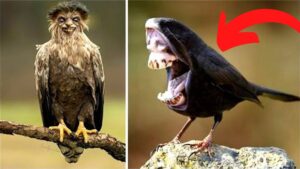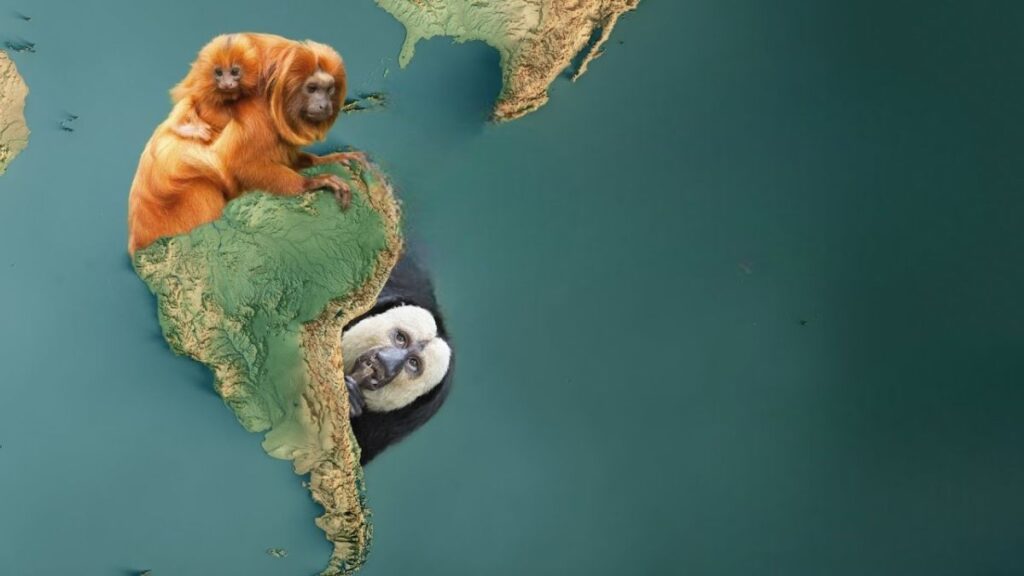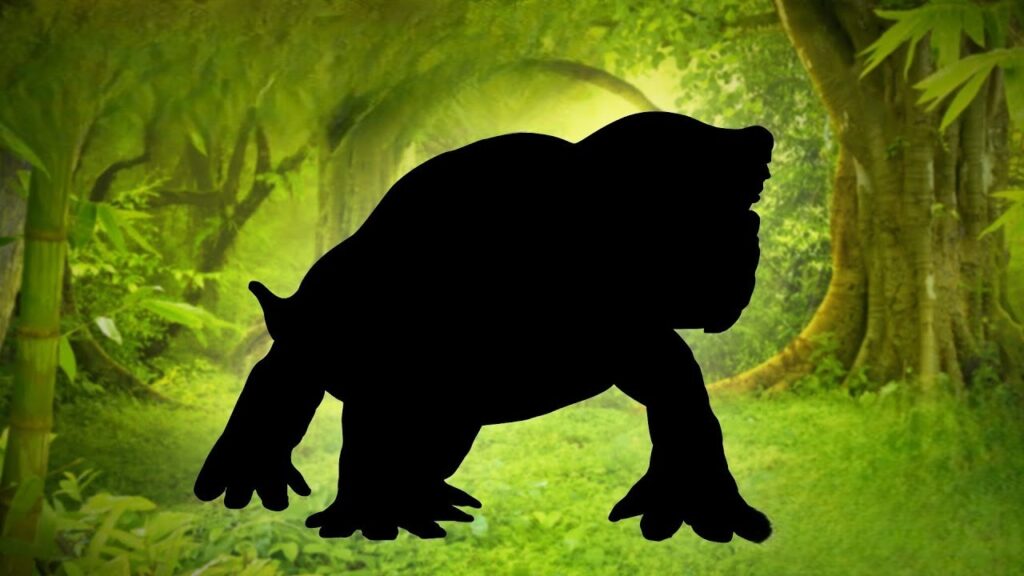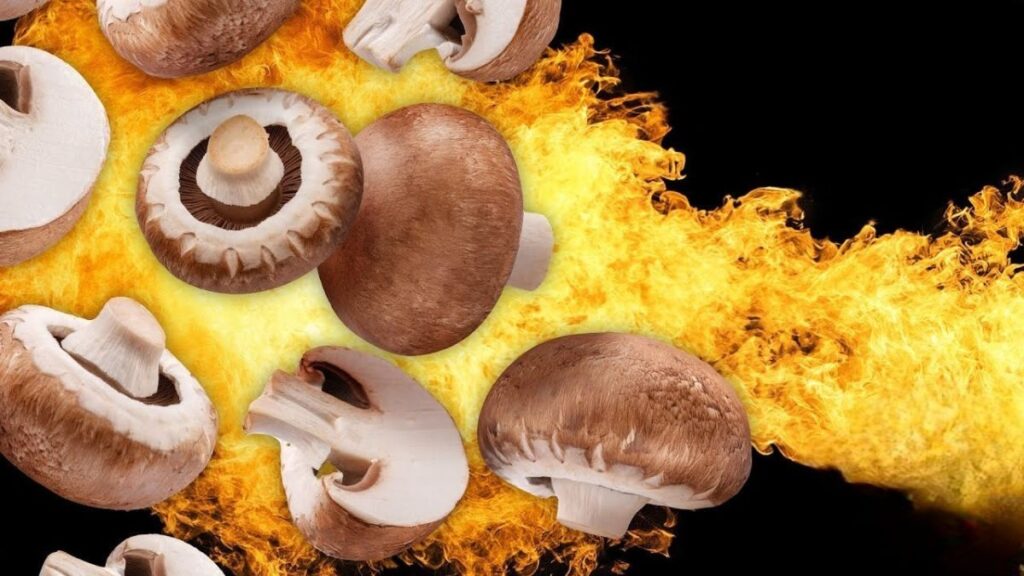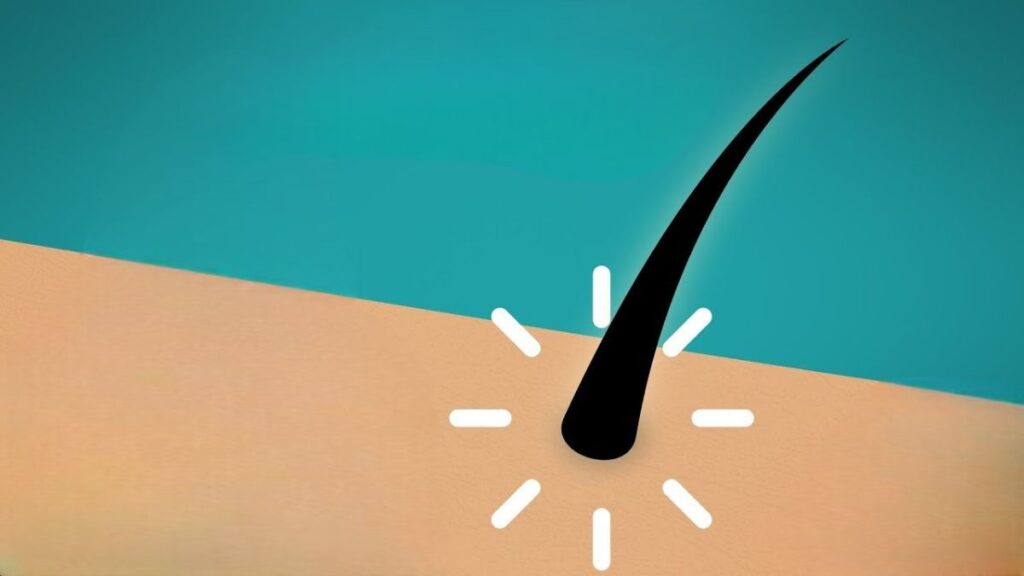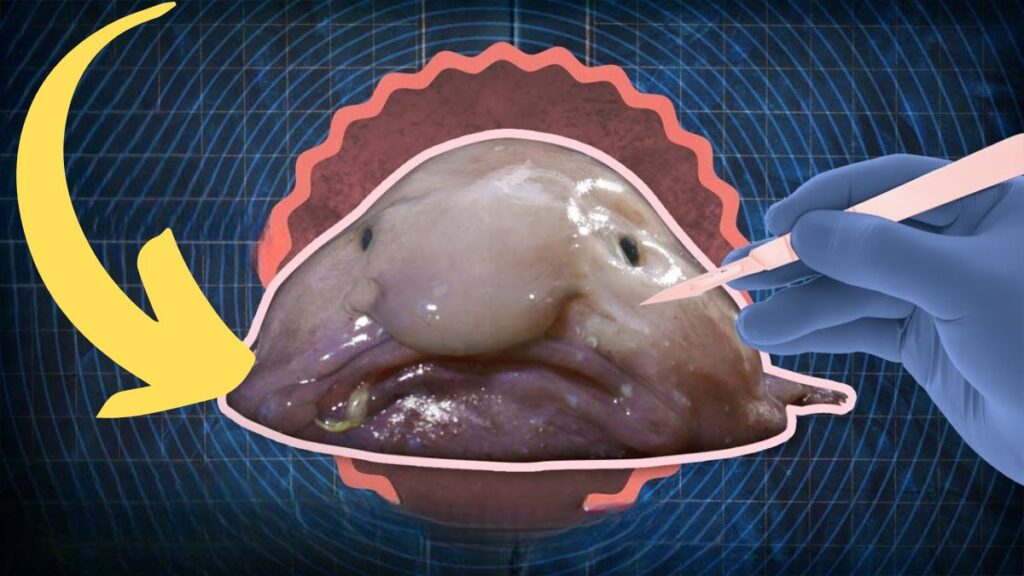
Blobfish are claimed to have gone extinct due to overfishing, as they often die as bycatch in fishing trawlers looking for lobsters and crabs. The excessive fishing activity has caused their numbers to decline, with only about 420 blobfishes left in the world today, making them one of the ugliest endangered animals.
They are not considered edible by humans due to their soft bones, lack of muscles, and inedible flesh, and are not recommended for consumption.
Do they bite you?
Blobfish do not bite humans as they lack teeth and have soft bones and no muscles.
What is special about it?
They are an unique and specialized deep-sea marine creature with a jellylike body, soft bones and few muscles, lacking a swim bladder, and distinctive flathead sculpin appearance shaped by its habitat, as it lives in some of the deepest pockets of the ocean floor and acts as a bottom feeder helping to regulate populations and maintain the cleanliness of the ocean floor.
What is the age of the oldest recorded blob fish?
It is difficult to determine the age of the oldest blobfish, but they can live for over 100 years, with some estimates putting the oldest at 130 years.
What is their taste?
Blobfish likely have a gelatinous texture and no known specific taste as they have few predators and feed on urchins, shellfish, and sea pens, and are often described as having a consistency similar to butter poached lobster tail, but there is no actual evidence of their taste as they are not usually consumed.
Can they be pets?
Blobfish cannot be pets as they are wild animals and keeping them as pets is illegal in the United States.
Do they lay eggs?
Yes, adult female blobfish lay large clutches of pinkish eggs, up to 100,000 in each nest on the seabed.
Can they have babies?
Adult female blobfish lay thousands of pinkish eggs in nests, and it’s not clear what baby blobfish look like, but they are likely tiny with fluffy tadpoles with bulbous heads, large jaws, and tapered tails, as blob fish have no real skeleton and little muscles.
What eats them?
“Blobfish don’t have any known natural predators, but they may be eaten by small fish, shrimp, crabs, and other invertebrates, while humans are the biggest threat to blob fish and they’re not poisonous, but they are in the middle of the food chain and may be eaten by eels, squid, and other deep-sea predators.”
Do they have hearts?
Yes, like all animals, blobfish have a heart and a single closed circulatory system, as the blood travels from the heart to the gills.
What is the largest recorded blob fish in the world?
The biggest blobfish in the world is believed to be the flathead sculpin (psychrolutes phrictus) with a maximum size of 285mm, but the precise size and lifespan of blobfishes is unknown.
What’s inside their body?
The inside of a blobfish consists of watery tissue, yellow pockets of fat, and a small amount of muscle, with very fine and soft bones and lacking a swim bladder and a conventional skeleton.
How long do these creatures live?
The precise lifespan of blobfish is unknown, but they can live up to 130 years in deep water just off the ocean floor between 2,000 and 4,000 feet below the surface.
How do they help humans?
These blobs help control populations of species like sea urchins, shellfish, and mollusks as a bottom feeder, keeping many populations from explosive growth and helping to keep the ocean floor clean of an abundance of plant matter.
Blobfish Underwater
Blobfish look almost unrecognizable underwater as they flatten and stretch out their body to minimize pressure from the deep sea, have slimy skin and don’t have a swim bladder, making them look different from their odd-looking appearance on land.
A blobfish’s inside contains a gas-filled internal organ surrounded by a thick layer of gelatinous flesh with vascular tissue but no voluntary twitch fibers and a blobby substance made up of watery tissue, some yellow pockets of fat, and a smidgen of muscle, but lacks a swim bladder and considered inedible by chefs due to the absence of muscles and bones.
How much these creatures are left in the world?
Around 420 blobfish remain globally, with their precise lifespan and population size unknown, and they are rarely encountered alive in their underwater habitat.
Why do they look weird?
Blobfish look strange due to the pressure of their deep sea habitat, which provides their gelatinous body with structural shape, but upon being caught and brought to the surface, decompression causes their skin to relax and distorts their features, giving them a blobby appearance.
Do they glow, if then, why?
While a blobfish can essentially glow in the dark in different parts of its body, it does not expend energy on glowing and is not seen glowing underwater as it was never meant to see the light, but it can light up when it has been torn from its habitat and suffered tissue damage due to rapid depressurization.
Can any creature eat them?
Blobfish are not considered edible by humans, and there are no known predators of these creatures, making them very safe from being eaten.
Do they have eggs?
Blobfish have the capability to lay up to 100,000 eggs in a single nest in rocky areas, on top of deep ocean platforms with warmer water temperatures, where female blob fish can create a nest around the heap of eggs and then stay there until they hatch.
Can you keep them as a pet?
No, you can’t keep blobfish as a pet as it is illegal in every state in the United States and they should not be kept as pets as they are wild animals.
BlobFish Facts
These are the 3 interesting facts about blobfishes:
- Blobfishes don’t have scales, but instead have loose and flabby skin.
- They have jellylike bodies with soft bones.
- Blobfish have been around for more than 100 years and their appearance and classification still remain fascinating and unknown.
What is one interesting fact about blobfishes?
Blobfish do not have bones or muscles, with a globulous head that makes up 40% of its body mass and features large black eyes, a large mouth, and a bulbous nose, the blobfish was voted the world’s ugliest animal in a 2013 online poll and lives at depths of 2,000-9,200 ft with jellylike bodies and soft bones.
How long do they live?
The precise lifespan of blobfishes is unknown, but they are believed to live for up to 130 years at depths between 600 and 1,200m below the surface of the ocean.
How many of them are left in the world?
Approximately 420 blobfish are left in the world.
Are they poisonous?
The blobfish is not poisonous and poses little threat to humans; it is not considered edible and doesn’t bite, safe from predators in its dark, deep-sea habitat, but is endangered due to fishing trawling nets and should not be kept as a pet.
What is the world’s largest blob fish?
The largest known species of blobfish is the Psychrolutes phrictus, a foot-long pink fish found in the deep waters off the coasts of Australia and New Zealand.
Why do they look so weird?
Blobfish look weird because they don’t have much bone or muscle, relying on the pressure of the deep sea to provide their gelatinous body with structural support, and they don’t have a swim bladder, causing their stomach to stay inside their body, leading to a bloated appearance when brought to the surface due to decompression, causing the skin to relax and distorting its features, resulting in the characteristic big nose, but they look normal in their natural habitat deep in the seas off southern Australia.
Do they also have a brain?
Yes, blobfish do have a brain, with a brain size of .097 and they have more brain cells in their ears alone than humans have in their entire body, despite their lack of a real skeleton and muscles.
Who found the first blob fish?
Marine ecologist Kerryn Parkinson discovered the first blobfish (psychrolutes marcidus) in the deep waters off the coasts of Australia and New Zealand, which scientists and crew on board the RV Tangaroa affectionately called “Mr. Blobby.”
Do they have teeth?
Blobfish do not have teeth and have soft bones, with no known predators and no teeth to bite with.
Can I have a pet blob fish?
Having a pet blobfish is not recommended as they are wild animals and it is illegal in every state in the United States to keep them as pets.
How did the blob fish get its name?
The name “blobfish” was derived from the appearance of the fish Psychrolutes marcidus, which was discovered in 2003 by marine ecologist Kerryn Parkinson during an ocean expedition off the coast of New Zealand, and not from the 1958 horror film “Mr. Blobby”.
Blobfish Alive
These deep sea creatures are still alive and live in deep water just off the ocean floor around southeastern Australia and Tasmania, although the precise lifespan of blobfish is unknown and they are rarely encountered live.
Blobfish live in the deep waters of the Atlantic, Indian, and Pacific oceans at depths of 600 to 1,200 meters off the coasts of Australia and New Zealand near the bottom of the ocean.
Are they tasty?
The blobfish is not edible and is not considered tasty due to its gelatinous flesh, which is mostly water, and its bottom-dwelling habitat that feeds on crustaceans, brittle stars, anemones, and carrion, making it not safe for human consumption.
Can you keep a blob fish as a pet?
Blobfish should not be kept as pets as it is illegal in every state in the United States and it’s not a good idea to try to keep a wild animal as a pet.
Do blob fish feel pain?
Blobfish may not feel pain in the same way humans do, but evidence suggests that fish do feel pain and suffer and that their behavior offers evidence of their discomfort, even though they don’t scream when impaled on hooks.
What is a blob fish for kids?
A blobfish is a unique and interesting deep sea fish species of the psychrolutidae family that is known for its jelly-like body with soft bones and distinct, swollen appearance when taken out of water, and can be found just off the ocean floor in the deep waters of southeastern Australia and Tasmania.
Blobfish Wikipedia
The blobfish became famous when it was named the world’s ugliest animal in an internet poll and its picture went viral, due to its flabby body that is not adapted to being out of water and its soft bones and few muscles, making it one of the most recognizable deep-sea creatures.
Why do they have noses?
Blobfish have big noses because of the decompression that occurs when they are caught in nets and brought to the surface, causing their skin to relax and distort their features, giving them their characteristic nose shape, as the water pressure holds their shape underwater and they rely on it for structural support, and the pressure doesn’t allow for air-filled cavities, unlike other species that have air-filled cavities to inhale more oxygen.
Dead Blobfish
When taken out of the water, blobfishes will collapse into a squishy mush and lose its shape as its gas-filled internal organ expands, resulting in death due to the loss of water pressure and the inability to maintain its neutral buoyancy.
Only a few people have eaten blobfish as they are not considered edible by humans and it is not recommended to eat them raw.
Which animals can not feel pain?
Nearly all animals, including fish and those with simple nervous systems, can feel pain, but the naked mole-rat is impervious to certain kinds of pain and some insects, arachnids and crustaceans may not experience pain the same way as other animals.
Do they have genders?
They do have genders, with female blobfish laying thousands of eggs in nests, and it is known that they also have a single, closed circulatory system.
Blobfish swimming
This creature primarily floats around and swallows crustaceans as they pass by due to its gelatinous, blobby material that allows it to combat the extreme pressure of deep water, since it doesn’t have a swim bladder or muscles and relies on water as its structural support.
Explore:

![Moon Jellyfish has [ Hidden Secrets ] You don't know moon jellyfish](https://spaceupper.com/wp-content/uploads/2022/11/1-1-300x169.jpg)
